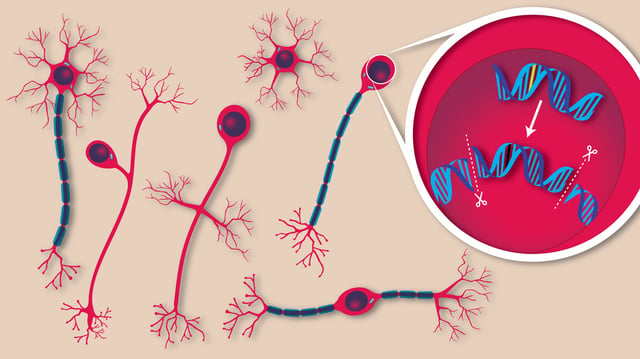Overview
- A single neonatal injection of AAV9-delivered prime editing corrected up to 85% of ATP1A3 mutations in mouse brain cells.
- Treated mice showed significantly fewer and milder paralysis, dystonia and seizure episodes, and survived more than twice as long as untreated mice.
- Delivering a healthy ATP1A3 copy via conventional gene therapy did not improve symptoms or survival, highlighting prime editing’s advantage.
- Tests in patient-derived cells revealed minimal off-target edits, supporting a promising safety profile.
- The Jackson Laboratory, Broad Institute and RARE Hope’s patient-centered team are now evaluating treatment after symptom onset and exploring less invasive delivery strategies.

